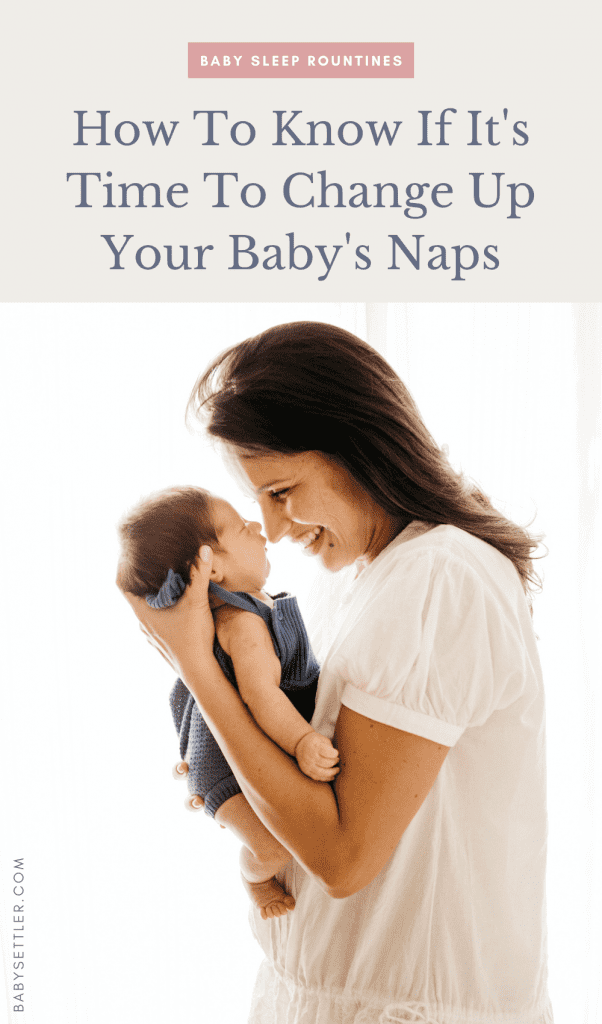
You and your baby had a great sleep routine going – they were sleeping when they were supposed to, had active awake times, and were eating on schedule. Everything was going according to plan. However, things are different now and they’re no longer falling asleep on schedule.
Sound familiar?
As your baby grows, their needs change. What they were content with yesterday might be the cause for tears today – one example being sleep time.
At the start of your newborn’s life, they needed a lot of rest – around 17 hours with breaks in their sleep to feed. As they grow older, their awake time increases, with a couple of naps throughout the day.
With their consistent development, how do you know when it’s time to drop a nap?
- Your Baby Is Fighting Bedtime
You’ve gone through the soothing bedtime routine you’ve developed that normally calms your little one right down and coaxes them to sleep. Lately, however, their eyes aren’t getting droopy during their last meal and the lullaby you sign doesn’t end in their contented little snores, but with wide awake eyes asking “what’s next?”
If your baby is no longer getting tired when bedtime rolls around, it may be because they’re still feeling well rested from their afternoon nap.

To keep their bedtime at a consistent time so that their and your morning routine isn’t thrown out of whack, drop their afternoon nap so that they’re getting enough active hours to fall asleep without issues at their normal bedtime.
- Their Days Are Starting Earlier
Was your baby sleeping through the night and waking up at a consistent time in the morning, but now that morning wake up gurgle is getting earlier and earlier?
If your little one is getting too much sleep during the day, early morning risings could be the result. As your baby grows, their stamina increases and it takes a lot more waking hours to get them into a tired enough state to sleep through the night.

A few more hours of active time during the day can help your baby stay in dreamland until a reasonable hour.
- Your Little One Is Still Happy And Playful, Not Irritable
When your baby is still awake when they were meant to drop off to sleep, are they playful and content, or are they crying and frustrated? If they are the latter, then dropping a nap might not be the answer.
An irritable baby is sometimes a tired baby – even though they’re not going to sleep, it doesn’t mean they’re not tired. Acknowledge how your baby is acting and look around their environment. If they’re not in a space that’s conducive to rest – there are noises, a lot of light and color – they might be experiencing overstimulation and their bedtime routine may need some work. To read more about how to create a calming bedtime routine for your little one, click here.

Your baby could also be going through a sleep regression (this sometimes happens at around four months) so they’re not sleeping through the night. This could be due to teething or not getting enough calories throughout the day – remember, dropped nighttime feedings means more feedings during the day. To read more about sleep regression, click here.
It’s important to take note of your baby’s moods so that you can be in tune with what they need.
- Your Baby Is At The Statistically Correct Age To Nap Less
The age of your baby can be a good determining factor regarding how much sleep they need.
What To Expect explains, “Newborns need three to five naps a day or more. Babies in the 4-to-6-month range need two to three naps a day. And babies 6-12 months need two naps a day.”

Remember, every child is different, so it’s important to take note of how your baby is reacting, not just base the decision to drop a nap on their age.
Less Naps Doesn’t Necessarily Mean Your Baby Doesn’t Need Rest
A nap isn’t the only way to have periods of rest in your baby’s day. You could replace your baby’s nap with restful awake time.
According to Healthline, “Rest periods give your child’s body and mind an opportunity to relax and recharge. A ‘quiet time’ routine also comes in handy if they’re in a school or day care where naps are still part of the schedule … incorporate quiet time into your schedule at home, where your child lies down or sits with a picture book, or a small stuffed animal or lovey.”
Routines need to change as your baby develops. Being receptive to your baby’s moods and reactions can result in happier days in which your baby’s needs are met, and you can count on consistent shut-eye.
If you are struggling to find what works for you and your baby, click here to sign up for the Baby’s Made Simple course, where you’ll learn the Feed, Wake, Sleep and Have a Settled Baby Method.




